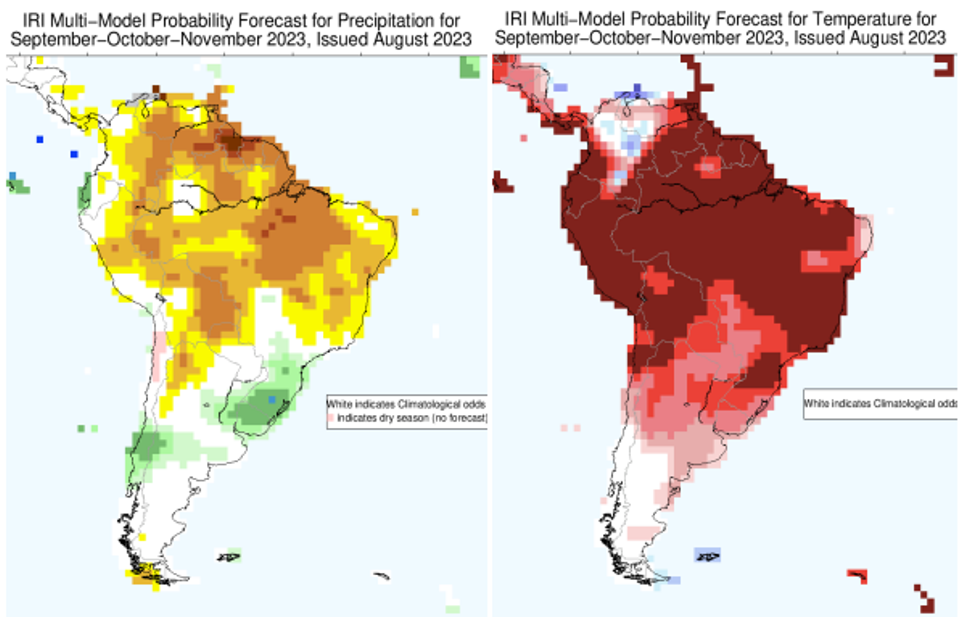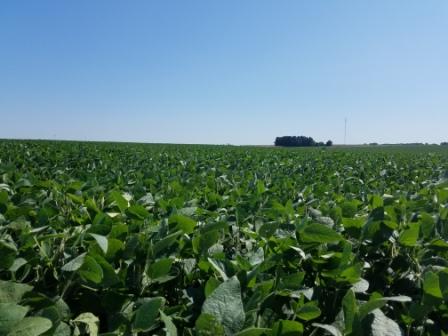High prices for grains also leads to increasing interest in cropland in Uruguay. Grains with high prices are soybeans, wheat and canola and these are cultivated in Uruguay. Most farmers carry out double cropping which means a summer crop followed by a winter crop on the same plot. Mind you, that Uruguayan authorities require a soil management plan for 4 years in order to avoid soil degradation and erosion.
The map shows the region with most of Uruguay´s crop cultivation. Soriano, Rio Negro and Colonia are clearly the regions with most of the grain production. This is due to the high soil productivity in these places. In these regions, you will proportionately find most soils types 10 and 11. In Colonia, crop fields tend to be smaller and in Rio Negro and Soriano there are more options for large scale farming. The dominance of grain farming in these regions is further enhanced by the presence of the grain port in Nueva Palmira and the availability of contractors and farm management companies.
In the north, one can find soybean cultivation as well. In departments like Treinta y Tres, Cerro Largo and Rocha, this is often done in combination with rice cultivation. Mind you, that rice is being irrigated (gravity) and soybeans are not.
The departments San José, Durazno and Flores have very good grain farm potential as well, often in combination with cattle breeding. Whereas the premium regions have a % arable land close to 80% in the region center and south of Uruguay this proportion will be close to 60%. The grain port in Montevideo is relatively new and a good alternative for the grain port in Nueva Palmira. A bit surprising not to see Canelones among the grain producing regions. There are also some good grain farms in this area.






